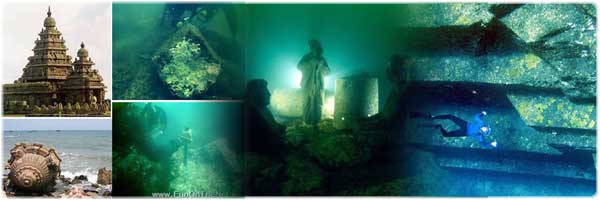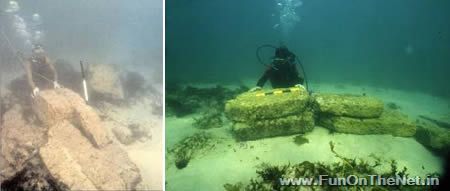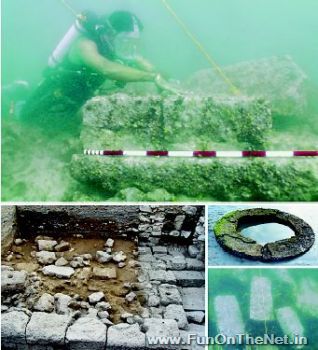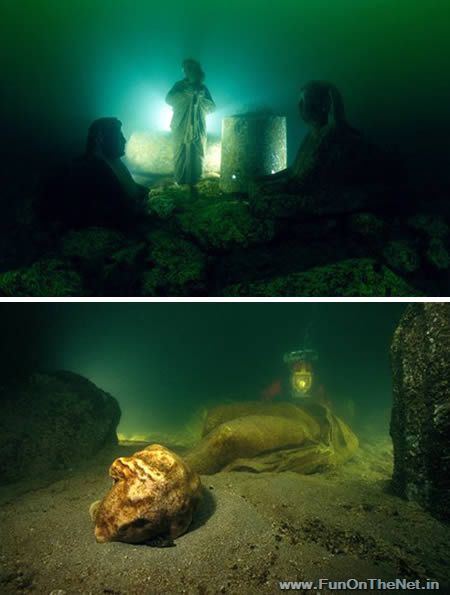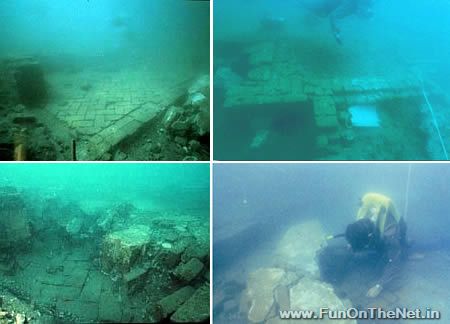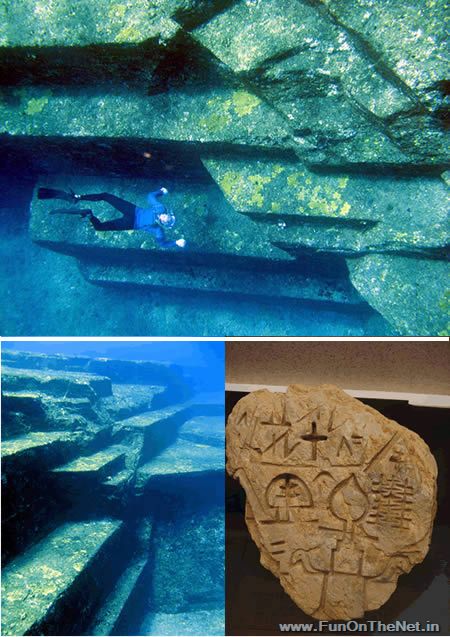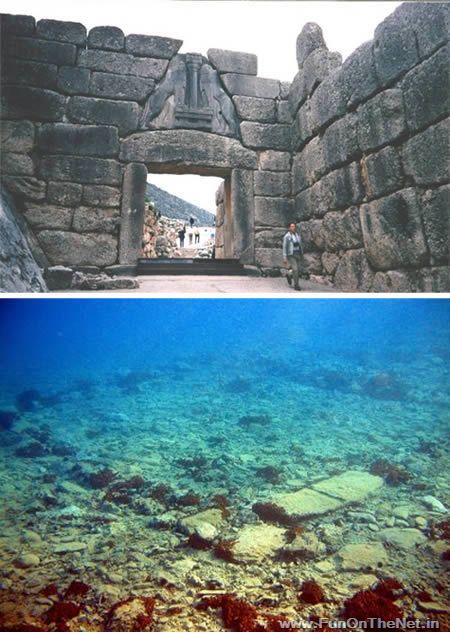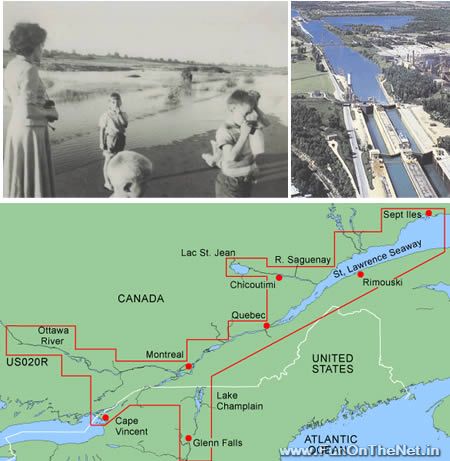7 Fascinating Underwater Ruins
Written by Writer, Source
7 Fascinating Underwater Ruins
Here are seven of the most fascinating underwater ruins! Includes Dwarka Port and Mahabalipuram in India, Cleopatra's Palace in Alexandria, World's Wickedest City in Jamaica, Yonaguni-Jima in Japan, Pavlopetr in Greece & the Lost Villages in Canada!
